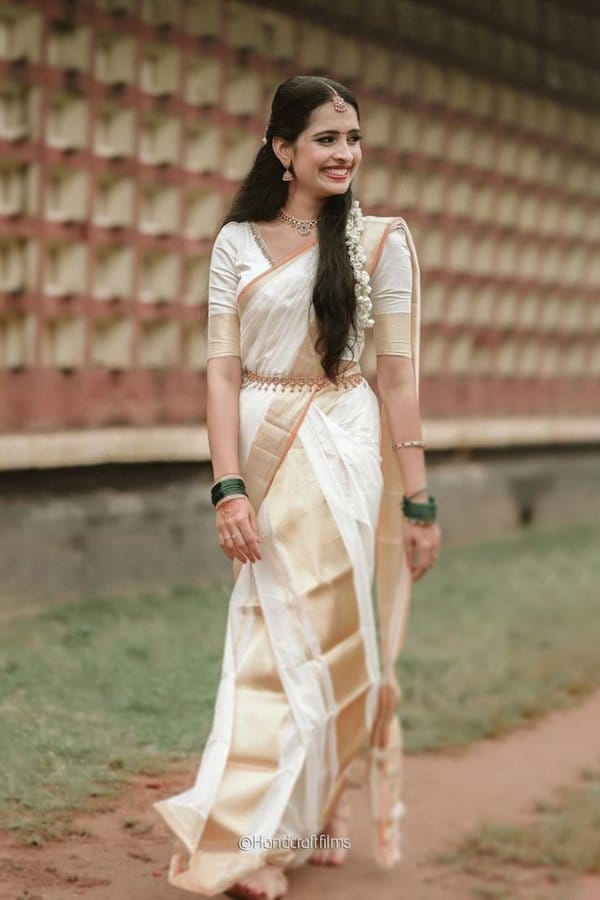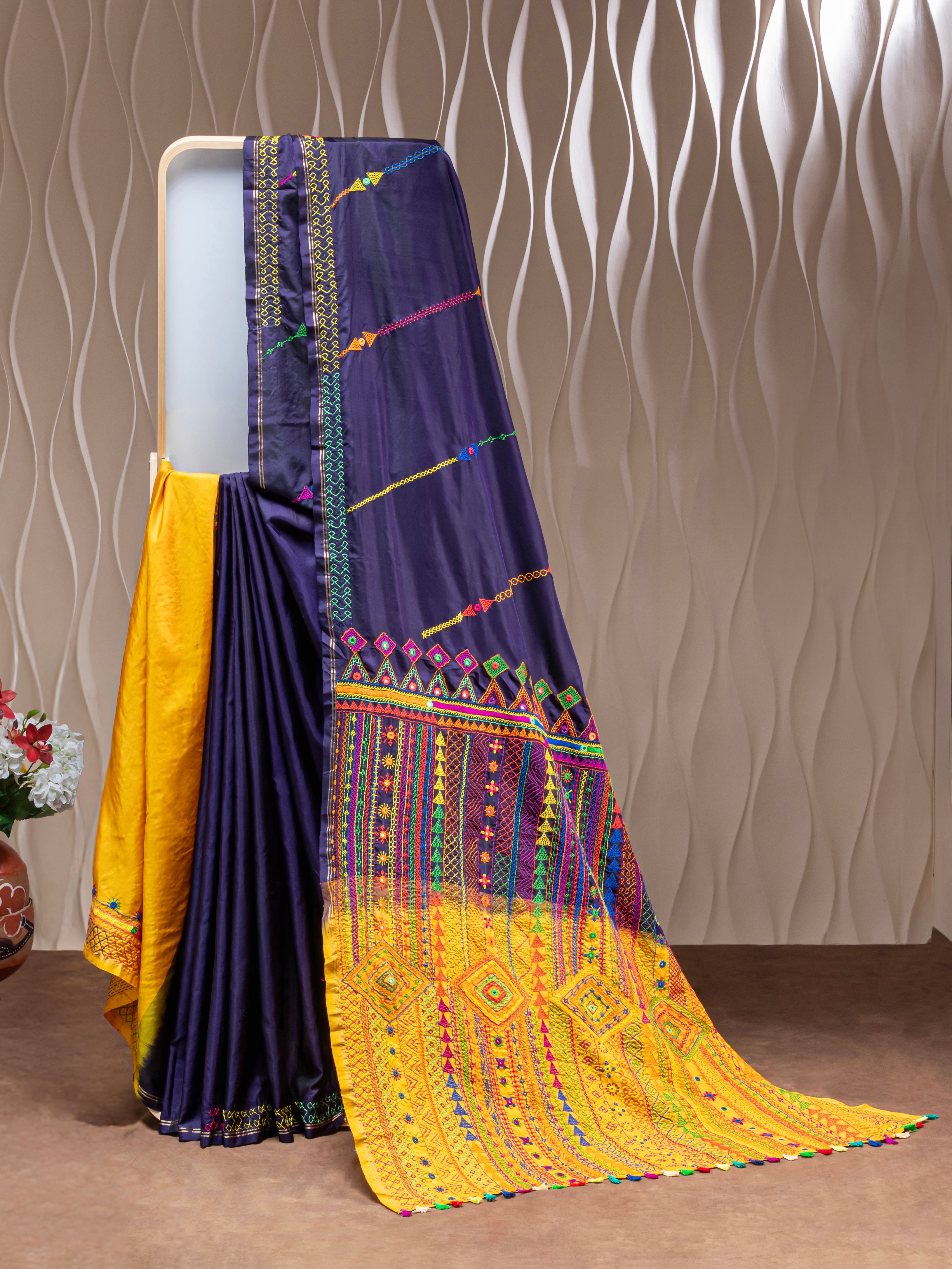
The Timeless Elegance of Kasavu Sarees - Kerala’s Pride
The Timeless Elegance of Kasavu Sarees - Kerala’s Pride
Introduction: Kasavu sarees, often referred to as the traditional sarees of Kerala, are a symbol of simplicity, elegance, and cultural richness. These sarees, with their distinctive gold border on a white or off-white body, have become synonymous with the state's heritage. Originally worn during religious and festive occasions, Kasavu sarees have evolved to become a staple in every Kerala woman’s wardrobe and are now admired by saree lovers worldwide.
The Origin and History: The origin of Kasavu sarees can be traced back to the royal families of Kerala, where they were initially worn as a symbol of purity and social status. The word "Kasavu" refers to the gold thread used in the border of the saree, which was traditionally made from real gold. Over time, the use of gold has been replaced by other materials, but the essence of the Kasavu saree remains unchanged. These sarees have their roots deeply embedded in the traditions of Kerala and are often associated with the famous festival of Onam, where women don the traditional attire to celebrate the harvest season.
The Artisans Behind Kasavu Sarees: The creation of Kasavu sarees is a labor-intensive process that involves the skilled hands of artisans from various weaving communities in Kerala, especially from the districts of Balaramapuram and Chendamangalam. These artisans have inherited the craft through generations, keeping the tradition alive. The weaving process is done on traditional handlooms, where the artisans meticulously weave the saree’s body using unbleached cotton and then adorn it with the iconic gold border, which is the hallmark of Kasavu sarees.
The Making of a Kasavu Saree: A Kasavu saree is typically made from fine cotton yarn, which gives it a lightweight and comfortable feel, making it ideal for the tropical climate of Kerala. The body of the saree is usually off-white, symbolizing purity, while the border, known as "Kasavu," is made using zari (metallic thread) that imitates gold. The contrast between the white body and the shimmering gold border gives the saree its timeless appeal. Modern variations of Kasavu sarees now include designs with colored borders, but the traditional white and gold combination remains the most revered.
Colors and Seasons: The classic Kasavu saree is predominantly white with a gold border, but over the years, weavers have introduced variations with colored borders, making them suitable for various occasions and seasons. The lightweight cotton fabric makes it perfect for the hot and humid climate of Kerala, allowing the wearer to stay cool and comfortable while exuding grace and elegance. The simplicity of the saree makes it versatile enough to be worn during religious ceremonies, weddings, and other festive occasions.
Cultural Significance: Kasavu sarees hold a special place in the hearts of the people of Kerala. They are not just a piece of clothing but a representation of the state’s rich cultural heritage. Worn during significant festivals like Onam and Vishu, Kasavu sarees are a symbol of tradition and pride. They are often passed down through generations, with each saree carrying stories of the women who wore them. In recent times, Kasavu sarees have gained popularity beyond Kerala, with many women across India and abroad embracing this elegant attire.
Conclusion: Kasavu sarees are more than just a traditional garment; they are a testament to the rich cultural heritage of Kerala and the skilled craftsmanship of its weavers. Whether you are attending a festival, a wedding, or simply want to add a touch of Kerala’s elegance to your wardrobe, a Kasavu saree is the perfect choice. At Sooji Daara, we celebrate the art of traditional weaving by bringing you authentic, handloom Kasavu sarees that are not only beautiful but also support the livelihoods of artisans.
Note: The images used in this blog are credited to the X.com handle @VertigoWarrior and will be removed if there is any copyright infringement.

